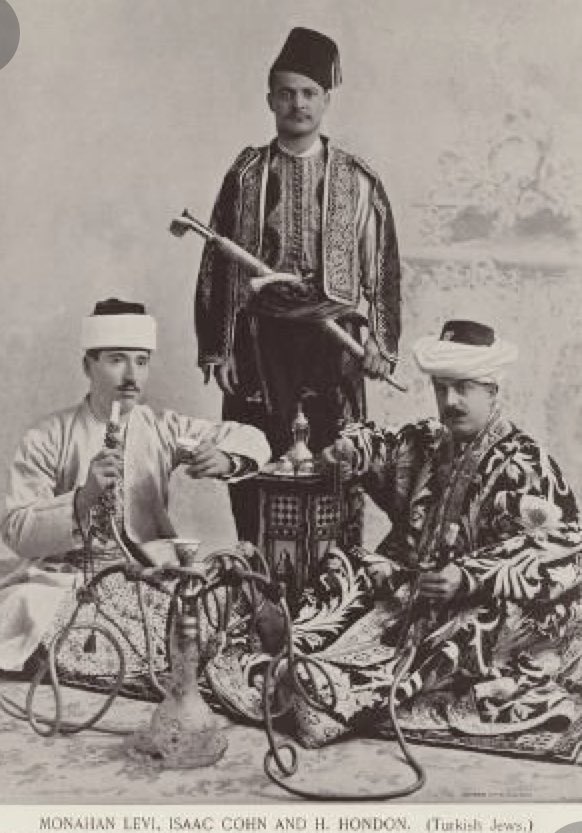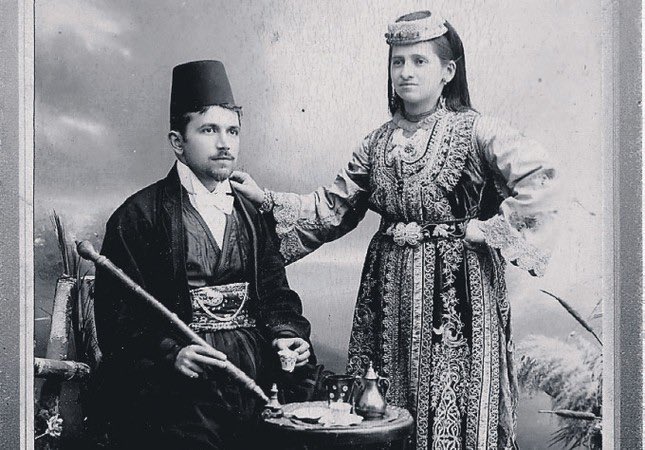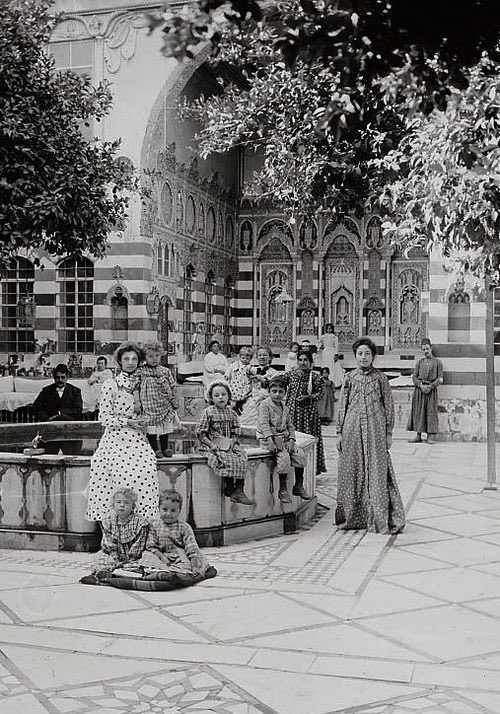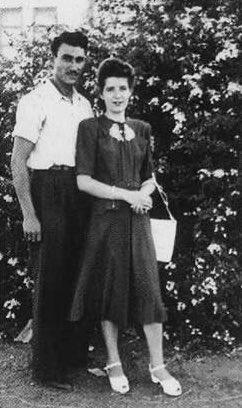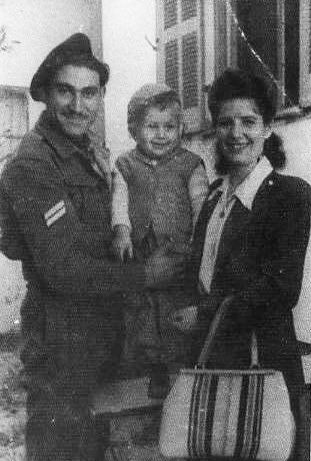
A Jewish community in Iraq was founded 2600 years ago when the Israelites were exiled to Babylon. The Iraqi Jews became the first community to live in anatomy and practice its religion for thousands of years. It was also the largest, most educated Jewish community in the region.
Their arrival to Babylon occurred with the conquest of Judea by the Babylonian kingdom, which exiled most of its inhabitants in 586BC. Several decades after the explanation, the Jews of Babylon were allowed to return back to the Land of Israel.
Some of the Jewish population did so, but a large part remained in Babylon. In 70 AD, with the destruction of the Second Temple by the Romans and the exile of the Jews to Europe, many Jews fled to Iraq and the Jewish community grew.
In the first century, there was even Jewish kingdom in the city of Nehardea. In the third-fifth centuries the Talmud was written, a book of commentary and holy laws written by Jewish sages.
The Babylonian Talmud is in fact a Jewish encyclopedia that includes Jewish laws, beliefs, varied opinions, Jewish culture. The Babylon Talmud deals with medicine, land, justice and the Jews had to learn it in addition to the Torah.
The life of the Jews in Iraq depended mainly on the changing rulers, there were times when the community prospered and enjoy its religious freedom and there were times when the government imposed decrees on the community and destroyed synagogues and Jewish homes.
In 1121, the Jews were forced to wear yellow badges, the same yellow badges that the Nazis adopted 800 years later. Apart from the badges, the Jews had to wear a chain with the word "Dhimmi” on them. The Jews became inferior on the pyramid ladder.
Those who refused to wear the degrading symbols were beaten in the streets.
In the 19th-20th century, Iraqi Jews began to go through a period of secularization. They began to adopt Western education, Western dress, they became more educated, went to schools and worked in many jobs.
By 1950s, the Jews became the most successful people in Iraq economically. The community was torn between 2 sides, the older traditional religious side and the young side, Jews who advocated more in education, science and technology.
The secularization caused that the number of Jewish illiterates dropped to almost 0%, as many spoke, read in Arabic and Hebrew. Despite the distancing of Jews from religion, assimilation with non-Jewish wasn’t common thing as it was for Jews in Europe.
In 1929, riots broke out in Palestine between the Arabs and the Jews, which affected the Jews living in Iraq.
It was forbidden to cooperate with the Zionist movement, but the Jewish community in Iraq saw Zionism as a movement with a lofty goal and many of them were Zionists.
It was forbidden to cooperate with the Zionist movement, but the Jewish community in Iraq saw Zionism as a movement with a lofty goal and many of them were Zionists.
A year later, the Iraqi government outlawed Zionist activity but the Jews continued to do so in secret and underground. In 1930 the Jews began to suffer from discrimination, about 10 years later while celebrating a Jewish holiday - the Farhud erupted.
The Farhud was a pogrom in which about 179 Jews were murdered, more than 2,000 Jews were injured, and the property of about 50,000 Jews was looted. As a result, mass migration of Jews outside Iraq began, and so is the beginning of the end of the ancient Jewish community. 



With the establishment of the State of Israel, hundreds of Jews were arrested on suspicion of treason and double loyalty to Israel, the livelihoods of Iraqi Jews were severely damaged and Hebrew-speaking Jews were sent to prison. In 1950s, Operation Ezra and Nehemiah started.
As part of the operation, the Iraqi government allowed Jews to leave on the condition that they relinquish Iraqi citizenship and leave all their property behind. 120,000 Jews who felt discriminated and humiliated decided to leave everything behind and immigrated to Israel. 


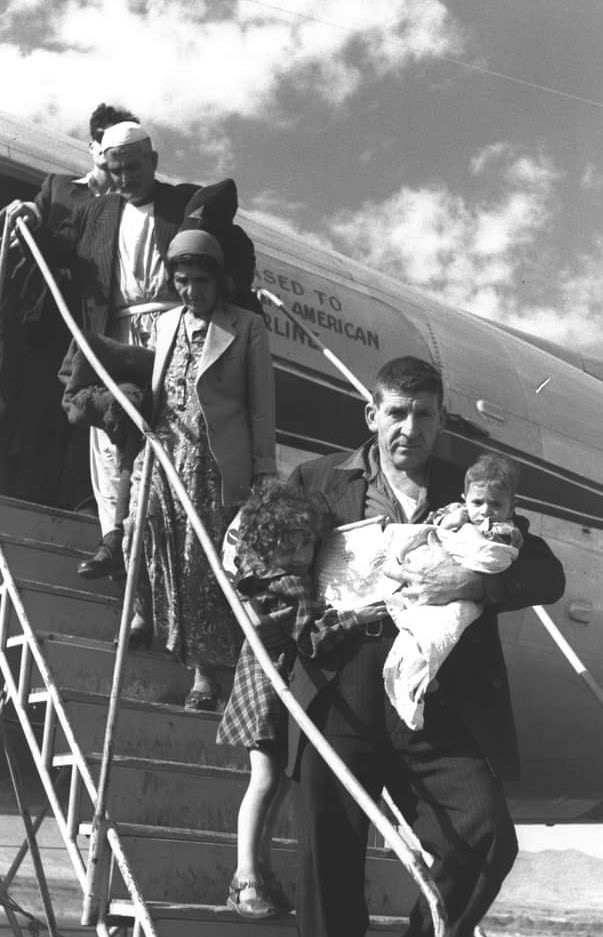


Between 1970-1991, thousands more Jews decided to leave Iraq, and in 1994 Arab newspapers reported that only 50 Jewish families lives in all of Iraq. In the 2000s, half of the families immigrated & in 2008 the New York Times reported that the Jewish community had become extinct.
The number of Iraqi Jews living in Israel today ranges from 230,000 to 600,000&is one of the largest Mizrahi communities in the country. Unfortunately, Iraqi Jews seemed to leave behind their whole past, they don’t speak Arabic, nor wear Iraqi traditional attire or feel affinity.
• • •
Missing some Tweet in this thread? You can try to
force a refresh





